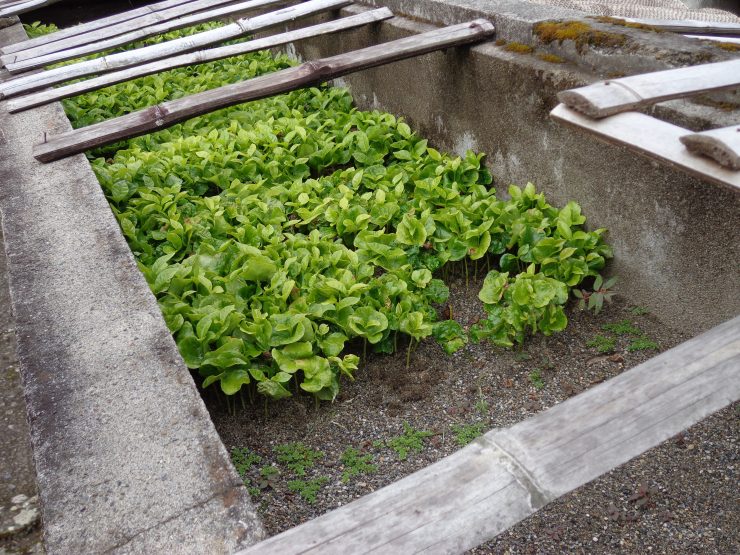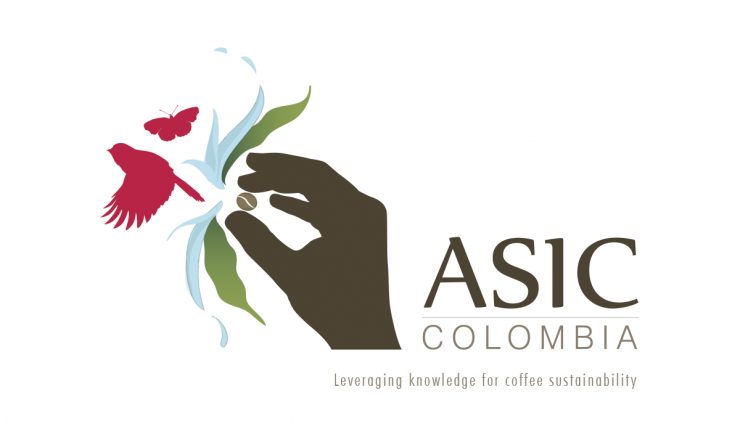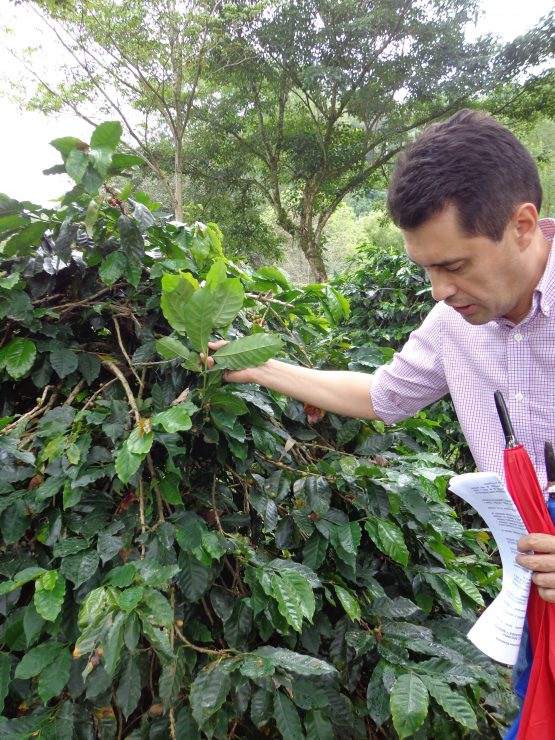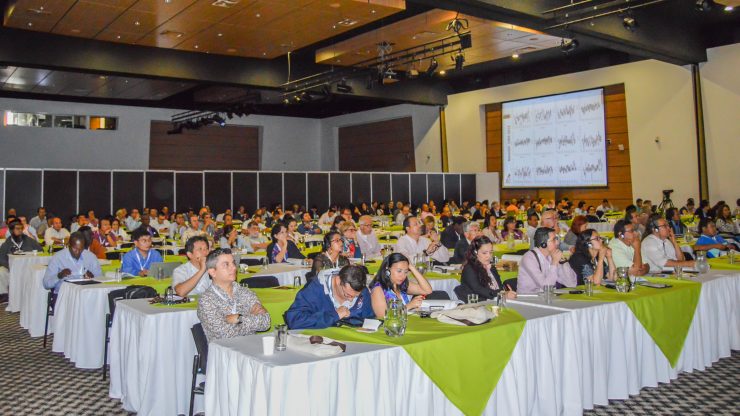Editor’s note: An earlier version of this story reported that the draft sequence for Coffea Arabica had been released according to the Inter-American Development Bank. This announcement was incorrect–the Coffea Robusta sequence has been released, and a number of groups are working on draft Arabica sequences for release. The story has been updated to reflect this information.
The coffee industry got a double whammy of exciting news this week … in the field of genetics. First, on Sept. 5, a paper was released announcing the public availability of a “high-quality draft sequence” of the Coffea canephora, aka Robusta, genome. Less than a week later, two groups of scientists at the ASIC conference in Colombia detailed their progress in sequencing the Coffea Arabica genome.
Researchers from these groups were present at the “Association Scientifique Internationale pour le Café,” (ASIC) which just wrapped up in Armenia, Colombia. Attending ASIC for a non-scientist like me can be a little overwhelming. This is the main event, held every two years, at which researchers specializing in coffee share results with one another, and they do it in the very technical languages of their various disciplines.
I asked Philippe Lashermes, the Director of Research for the IRD, about why the Canephora news is so important. Lashermes explained, “Until now, we were assuming that the sequence of genes were at the origin of the difference of phenotype [between arabica and canephora].” Let’s unpack that a little bit.
Phenotype refers to observable traits of a living organism. If you think there is often a direct relationship between a gene (genotype) and a phenotype, think again. The genetics behind such familiar examples as the color of your eyes or whether you can or can not smell “asparagus pee” are more complex than what you were probably taught in a biology class somewhere along the way.
To complicate matters further, plant genetics are often more complicated than animal species. Arabica, called a tetraploid or polyploid by geneticists, has two sets of chromosomes or four strands of DNA. Arabica got one set of genes from each of its parents, Canephora and Eugenioides. And, as it turns out, Canephora and Arabica are so far showing more similarity than difference at a the genetic level.
Alvaro Gaitan, the head of the plant pathology team at Cenicafe, said, “Less than 5% of the genome is genes. The rest of it does other work.” According to Lashermes, “Now, the challenge is to explain why, if the the genes are similar, the phenotype is different.”
These announcements are exciting developments that come at a very important time in the coffee world–climate change, coffee leaf rust and other pests are decimating coffee production. As mainstream awareness of these problems grows, the scientific process of unlocking which parts of the coffea genomes are responsible for pest or disease resistance in a given plant becomes ever more important. The hope is that the sequencing of the coffea genomes will help speed up this process, though more research needs to be done to tease out which varieties and set of conditions (soil, sun, water, temperature, nutrition) result in a thriving plant with good productivity and cup quality.
Sequencing a genome for the first time is like sketching a street map with houses and addresses marked, but no roads filled in–you find out what’s there, but to actually get anywhere, you need to find out how it all interconnects. There are a number of other groups working on more sequencing of coffee genomes, and each one will help to fill in the picture of how differences in coffee genomes explain real world variations plant phenotypes.
The benefit of now having a public set of full Canephora and soon Arabica reference sequences is that coffee researchers can now more easily do genetic examinations of trees with advantageous characteristics, comparing against these references to explore how they differ. In short, these templates are a major advance for being able to understand terroir at the genomic level. An advance which will hopefully lead to big progress in combatting the multitude of challenges facing 21st-century coffee production.
Jenny Neill is a Sprudge contributor based in Seattle. She writes about beverage and travel at jennyneill.com. Read more Jenny Neill on Sprudge here.
Photos by Jenny Neill unless otherwise noted.






